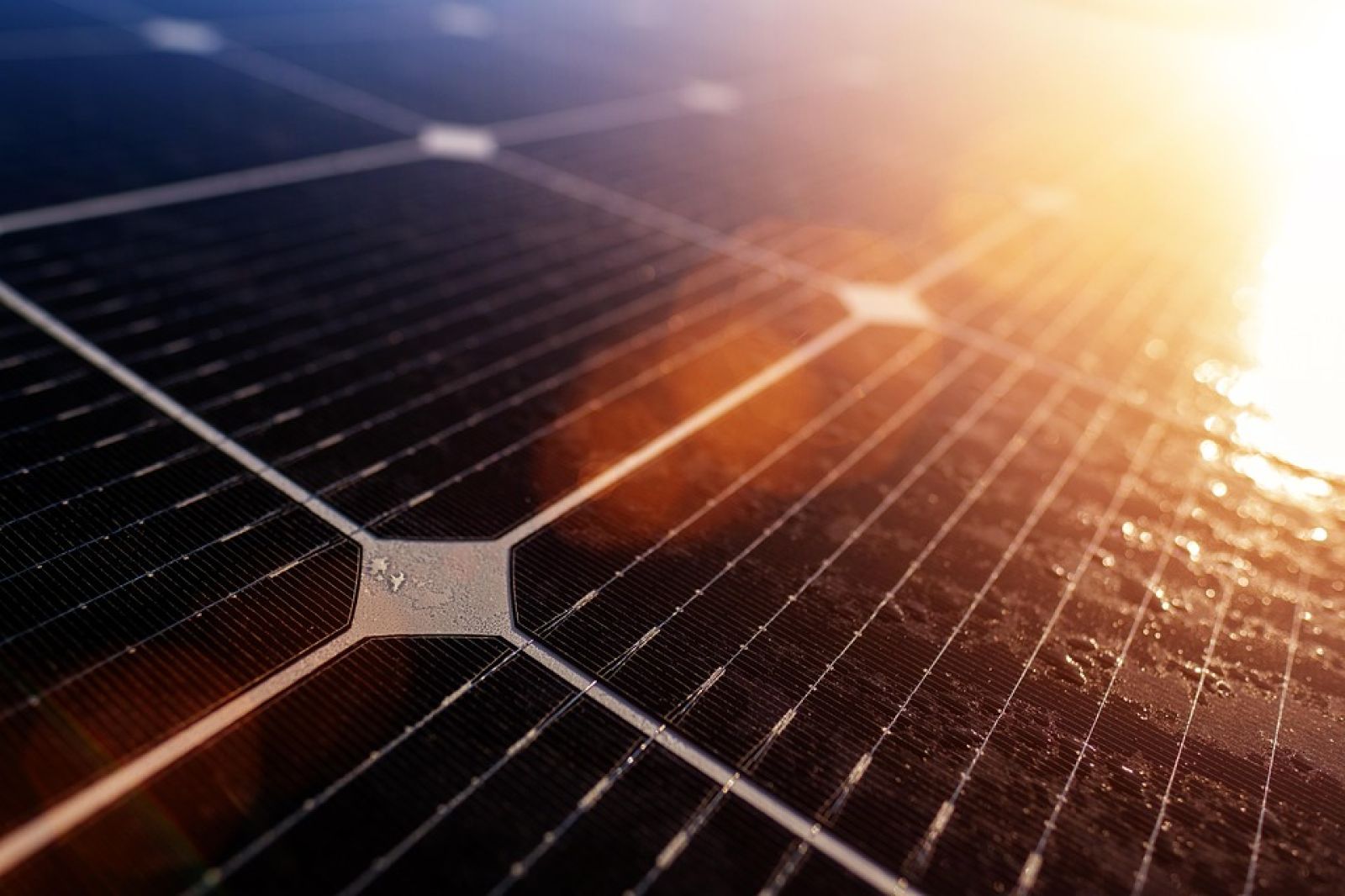Follow us on Google News (click on ☆)

Illustration image from Pixabay
Perovskite cells, often referred to as the 'holy grail' of solar energy, represent a lightweight alternative to traditional silicon-based solar technologies. Their flexible structure allows for application on various surfaces, such as cars or phones, in the form of a printable layer, facilitating on-the-go charging.
However, perovskite cells also have major limitations, particularly their rapid degradation due to chemical reactions with air moisture, leading to iodine leakage. A team of researchers recently found a solution to this problem by integrating nanoparticles into the perovskites, thereby increasing the cells' lifespan to 1,530 hours, nearly ten times longer than previous designs.
This research, published in EES Solar, marks a crucial step toward the development of high-performance solar cells capable of withstanding real-world conditions, bringing their global commercial use closer. The scientists incorporated aluminum oxide nanoparticles into the cells during their fabrication, not only preventing iodine leakage but also creating a more uniform and conductive structure.
Tests conducted under extreme heat and humidity conditions showed that the modified cells maintained high performance for over two months, a significant improvement compared to the 160 hours of unenhanced cells. The researchers plan to continue their investigations to see if these gains can be further improved.
This advancement in the stability and performance of perovskite cells opens new prospects for their adoption as a primary energy solution, marking a turning point in solar energy research.
What is perovskite and why is it important for solar energy?
Perovskite is a crystalline material that has attracted attention for its potential in solar energy production. Unlike traditional silicon, perovskite can be manufactured at a lower cost and applied to flexible surfaces, opening new possibilities for integrating solar energy into everyday objects.
Perovskite solar cells are capable of converting light into electricity with efficiency comparable to, or even superior to, silicon cells. However, their main limitation lies in their durability, as they degrade rapidly when exposed to moisture and light.
Recent research has overcome this obstacle by integrating nanoparticles into the cell structure, improving their stability and lifespan. This innovation could make solar energy more accessible and less expensive, contributing to the transition toward renewable energy sources.
How do nanoparticles improve perovskite solar cells?
The integration of nanoparticles into perovskite solar cells represents a major technological advancement. These nanoparticles, particularly those of aluminum oxide, act as a barrier against moisture, preventing the rapid degradation of the cells.
In addition to protecting the cells, the nanoparticles improve electrical conductivity, enabling more efficient conversion of light into electricity. This results in increased performance and extended lifespan of the solar cells.
This approach has allowed researchers to test the cells under extreme conditions, demonstrating their resilience and efficiency over an extended period. These improvements pave the way for broader adoption of perovskite cells in the solar energy sector.